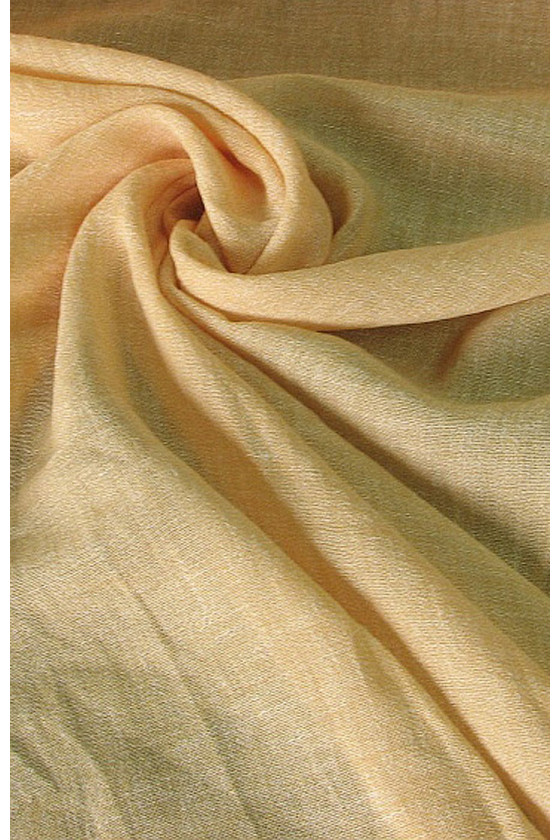- today
- perm_identity Izpol
- label Tips
- favorite 0 Likes
- remove_red_eye 18851 Visits

Allergy is a fairly common ailment in our society. It turns out that you can also be allergic to fabrics, or more precisely – to their certain features, which are not a problem for a healthy person. For an allergic person, this may mean more or less serious discomfort. Poorly selected materials cause itching, rash, burning and even respiratory ailments in allergy sufferers.
Not only clothes must be made of the right material, but also towels, pillows, mattresses, bedding or curtains for allergy sufferers. These are places where they especially like to appear, for example, mites.
What is the reason for the allergy to fabrics? Allergy to fabrics
What can cause allergy to fabrics? Both they themselves, their raw materials, especially synthetic ones, and the qualities they manifest. If the fabric is not of high quality, poorly permeable to air, leads to the accumulation of moisture or is a habitat for fungi, bacteria and mites, allergy sufferers feel ailments.
What fabrics for allergy sufferers?
The best fabrics for allergy sufferers should be natural. They are characterized by a high ability to absorb moisture, air permeability and sometimes also a chemical structure similar to our skin. Staying in natural conditions is the best method for people allergic to artificial fabrics. Therefore, it is worth using the benefits of nature, and all the listed fabrics in various variants can be found in our warehouse. So what are the best fabrics for allergy sufferers?
Silk
Silk due to its very structure has a hypoallergenic effect. It is made of protein threads, similar to those that are in our skin. One of the allergenic factors disappears. Silk defends itself very well against mold, fungi or mites, and this is because it beats other fabrics in competition for hygroscopicity. It can absorb an amount of liquid equivalent to up to 30% of its weight and still remains dry to the touch. It is an airy, delicate fabric. In addition, the use of silk has an anti-aging effect. This is because contact with silk stimulates the metabolism of our skin.
Check out our category: Silk
Flax
The fact that linen is a great material for creating fabrics, people learned already in the times of ancient Egypt. It is even believed that this is one of the oldest fabrics. The health benefits of eating flax seeds have been proven by years of research and practice. It turns out that linen also has a health-promoting effect as a fabric for allergy sufferers. It is a very airy and light material, which allows the skin to breathe and effectively prevents the accumulation of moisture, e.g. from sweat. He is not afraid of:
high temperatures, it is durable, and it absorbs moisture very well.
It has been proven that the use of linen clothes promotes the treatment of certain skin conditions. It is worth trying linen bedding – its use improves the quality of sleep and general well-being.
Check out our category: Linen
Cotton
One of the most popular fabrics in the world with a pedigree, most likely Chinese. It is used for the production of various clothes and utility items – T-shirts, underwear, curtains or cloths. The use of natural cotton is the basis for people who are allergic to fabrics. Like silk and linen, it absorbs moisture very well, allows the skin to breathe and does not accumulate microbes. In addition, it is a very durable material. Frequent washing is not dangerous for him, and this is one of the methods of getting rid of bacteria lurking in dirt. Stretchable material, comfortable, pleasant to the touch and soft. It retains its usability for a very long time. The most universal of the rescue materials for allergy sufferers.
Check out our category: Cotton and Bathyst
Bamboo fiber
Hypoallergenic effects of bamboo fibers were discovered relatively recently. It turns out that when it comes to moisture absorption, bamboo is better than cotton up to three times! This causes fungi and bacteria to escape from the material. The material itself to the touch is very smooth, stretchable and prone to dyeing. Clothes made of bamboo fibers are worn with pleasure. A good and relatively cheap alternative to cotton.

